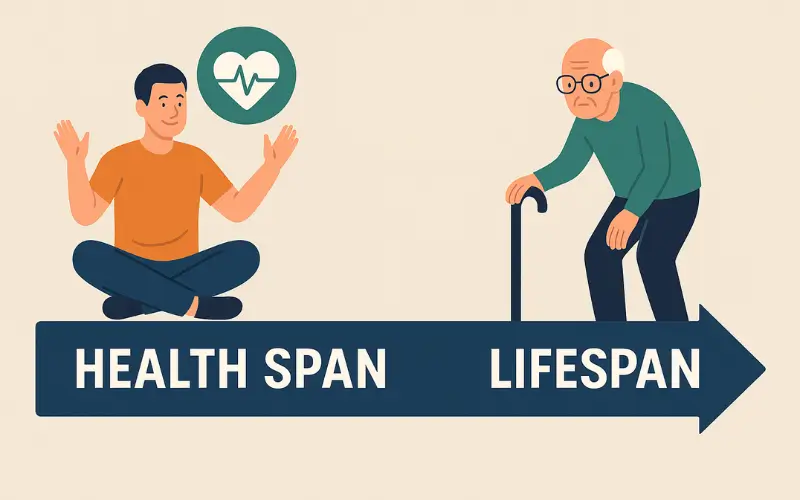Back in the day, clinical trials were tough to run. People messed up by splitting patients into groups, supplies didn’t show up on time, and getting folks signed up dragged on forever. Companies spend way too much money fixing these sometimes millions extra just to keep things going. A big trial could cost $19 million, says Tufts, and 80% of them missed deadlines, according to Clinical Trials Arena. It was a slow, messy way to test new medicines.
Then, Interactive Response Technology came along and flipped the switch. This post shows how IRT solutions are making trials easier and better, with simple proof anyone can understand.
Patient Groups Made Simple
Before irt, splitting patients into groups was a big problem. Workers did it by hand, and mistakes were common. One drug company ran a trial where the groups got lopsided too many people in one and not enough in the other. The data looked shaky, and they almost had to start over. Now, with Interactive Response Technology, that’s history. This tool takes over and picks groups fast and right every time. That same company tried Interactive Response Technology in their next trial, and errors dropped by 25%, according to a 2022 Clinical Leader report. No more guesswork just clean, solid results they could trust.
Supplies Show Up When Needed
Supply troubles used to slow trials down. Picture this: a trial testing a vaccine had sites with no drugs while others had stacks they didn’t need. They threw away 20% of their medicine, wasting cash and time. After switching to Interactive Response Technology, everything changed. The system watches what each place needs and sends supplies before they run out. That vaccine trial cut waste by 18%, per Deloitte, and kept every site ready to go. With Interactive Response Technology, it’s like having a smart helper who never forgets a delivery.
Sign-Ups Get a Boost
Signing up patients was another slog before Interactive Response Technology. A heart trial fell 30% behind because checking who could join took too long, and people kept dropping out. The team worried they’d lose millions if it didn’t speed up. After bringing in Interactive Response Technology, the difference was night and day. The system checks people’s quickcutting sign-up time by 40%and watches for those who might quit, helping 15% more stick around, says a 2023 BioPharma Dive study. That trial finished signing up two months early, saving time and stress.
What IRT Brings to the Table
IRT isn’t just a small fixity’s a total game-changer. Trials are faster, cheaper, and smoother now. Here’s what it does:
- Makes patient groups fair and fast.
- Keeps supplies coming without waste.
- Speeds up sign-ups and keeps people in.
A 2024 McKinsey report says trials with Interactive Response Technology finish 10–15% quicker. That’s months shaved off, meaning new medicines hit the shelves sooner. Plus, the data looks better, and rule-keepers like the FDA get clear records without any fuss. It’s a win for everyone companies save money, and patients get help faster.
Some Tough Spots with IRT
Starting with Interactive Response Technology isn’t all easy. It costs a chunk upfront anywhere from $100,000 to $250,000, depending on how big the trial is. Smaller companies might think twice, but the money they save later makes it worth it. Another snag is hooking Interactive Response Technology up to other tools they already use, like data systems. One team had a hiccup until they found a company that made it simple. And some workers don’t like change they’re used to the old way. But after quick training, one group got on board in half the time, loving how Interactive Response Technology cut their work.
How to Jump In with IRT
Getting IRT going is straightforward if companies follow a few steps:
- Check what the trial needs how many people, and how many places.
- Find a good IRT helper like Medidata or Suvoda.
- Try it out small to fix any bugs.
- Show everyone how it works with easy lessons.
- Watch the numbers IRT gives to keep improving.
One team did this and cut their trial time by 12%. It’s a simple trick others can use too.
Conclusion
Interactive Response Technology solutions are shaking up clinical trials for the better. Before, it was all slow and sloppy now, patient groups, supplies, and sign-ups ran like clockwork. Yeah, it takes some cash and effort to start, but the payoff is huge: less hassle, lower costs, and quicker results. Trials using Interactive Response Technology are showing everyone how it’s done, and those who don’t catch on might get stuck in the past. Interactive Response Technology is here, making trials simple and smart ready or not, it’s the new standard.




